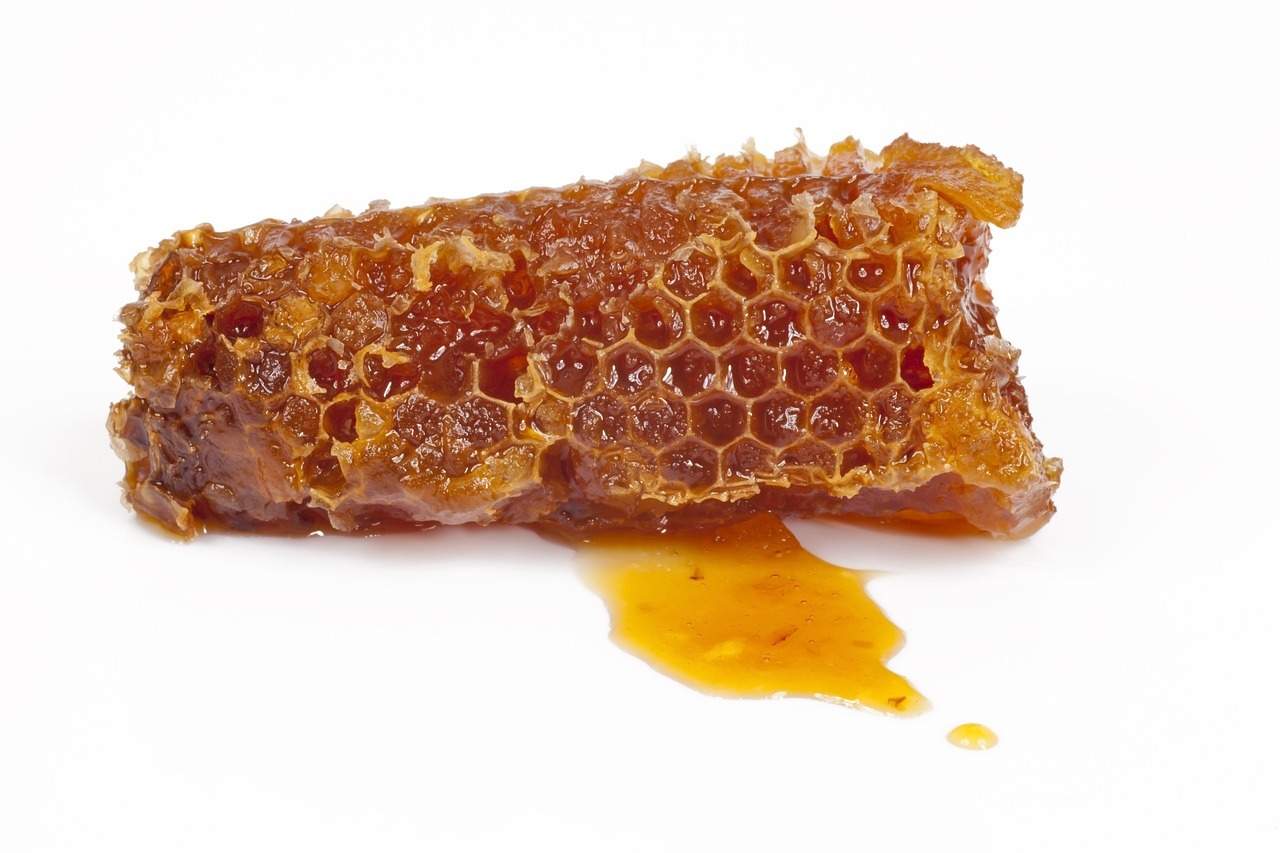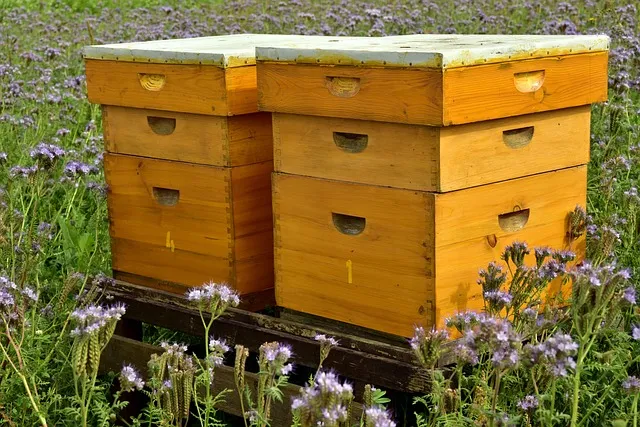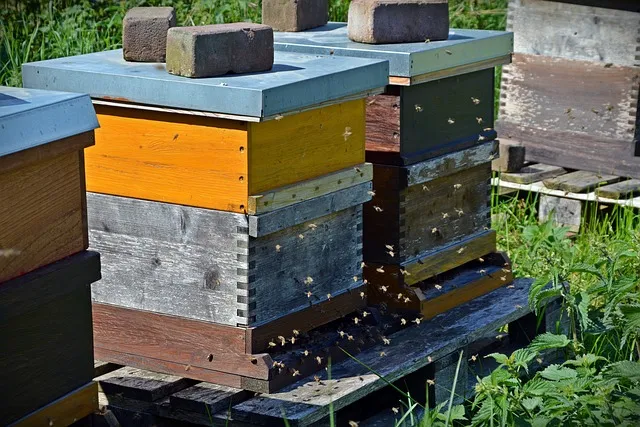How many times a year can you get honey from a hive?
The honey flow is one of the most exciting and rewarding aspects of beekeeping. Every beekeeper looks forward to the harvesting season to enjoy the delicacy alongside other products that come with the venture. While they want to harvest as much honey as possible from bee colonies, you should not do this at the expense of the colony’s health. In fact, in the first year, it is not advisable to harvest honey from your beehives since a new hive requires an entire season to build up a bee population to gather extra honey.
Similar Articles you may like to read –
Can I take honey from a first year hive?
Can you harvest honey that is not capped?
How much honey does 1 hive produce per year?
What is the best time of day to harvest honey from a beehive?
How many times a year can you get honey from a hive?
Most beekeepers harvest honey from their colonies two or three times a year. The timing varies from region to region depending on climate and plant life but in most cases takes place from June to September(mid-summer to early fall). The honey flow lasts longer in areas that experience warm temperatures throughout the year. You should seek to understand the best window for harvesting to get a bountiful, tasty, and best honey quality.
Harvesting early may not allow you the full amount of honey you can get, while harvesting late may cause you to slip into the cold weather or take too much without leaving enough stock for your bees to use in winter. An established ten-frame-deep box can give you 80 to 100 lbs of honey, depending on the nectar flow and weather conditions. Your hive should keep thriving over the years as long as your colony is healthy and bees are happily working.
When is the honey ready for harvesting?
Beekeepers usually harvest honey after a significant nectar flow and when the honey supers are full of cured and caped honey(at least 80%). Nectar flow, also known as honey flow, is a period when a substantial amount of nectar is produced by flower blooms giving the bees abundant resources for making honey couples with favorable weather. The beekeepers add honey supers in their hives to allow the bees to store as much honey as possible during a nectar flow. Bees only store honey in the supers when the brood box is full of stored honey.
Worker bees cap honey with some fresh wax after reducing its moisture content to 18%. This process allows the nectar to cure into honey. Uncured honey( raw honey) usually gives watery honey that is prone to fermenting and spoiling. You can buy a refractometer to measure the moisture content of honey in the uncapped cells or turn the frame upside down to see whether it is runny. If it leaks from the cells on shaking gently, it is not fully cured. For the time of the day, you should harvest at midday when the weather is warm and when workers are away on their foraging trips.
More articles you may like to read –
Can honey carry disease? honey and disease
Can you eat honey straight from the hive?
Does honey expire? Can honey be ok after 12 months?
Should I eat honey on an empty stomach?
What will happen to honey if left unharvested?
The cold winter season will catch up with the unharvested honey. The cold makes the honey thicken and granulate, which makes it hard to extract from the comb. Thankfully, honey rarely goes bad due to the low moisture content. It will remain in the hive until the bees are ready to use it. They use the reserves in winter and during wet and rainy seasons. Failure to harvest honey has its negative side since the bees make more honey than they can use. The buildup of honey stores will make the hive overcrowded, leading to swarming leading to loss of about half of the bee population.




